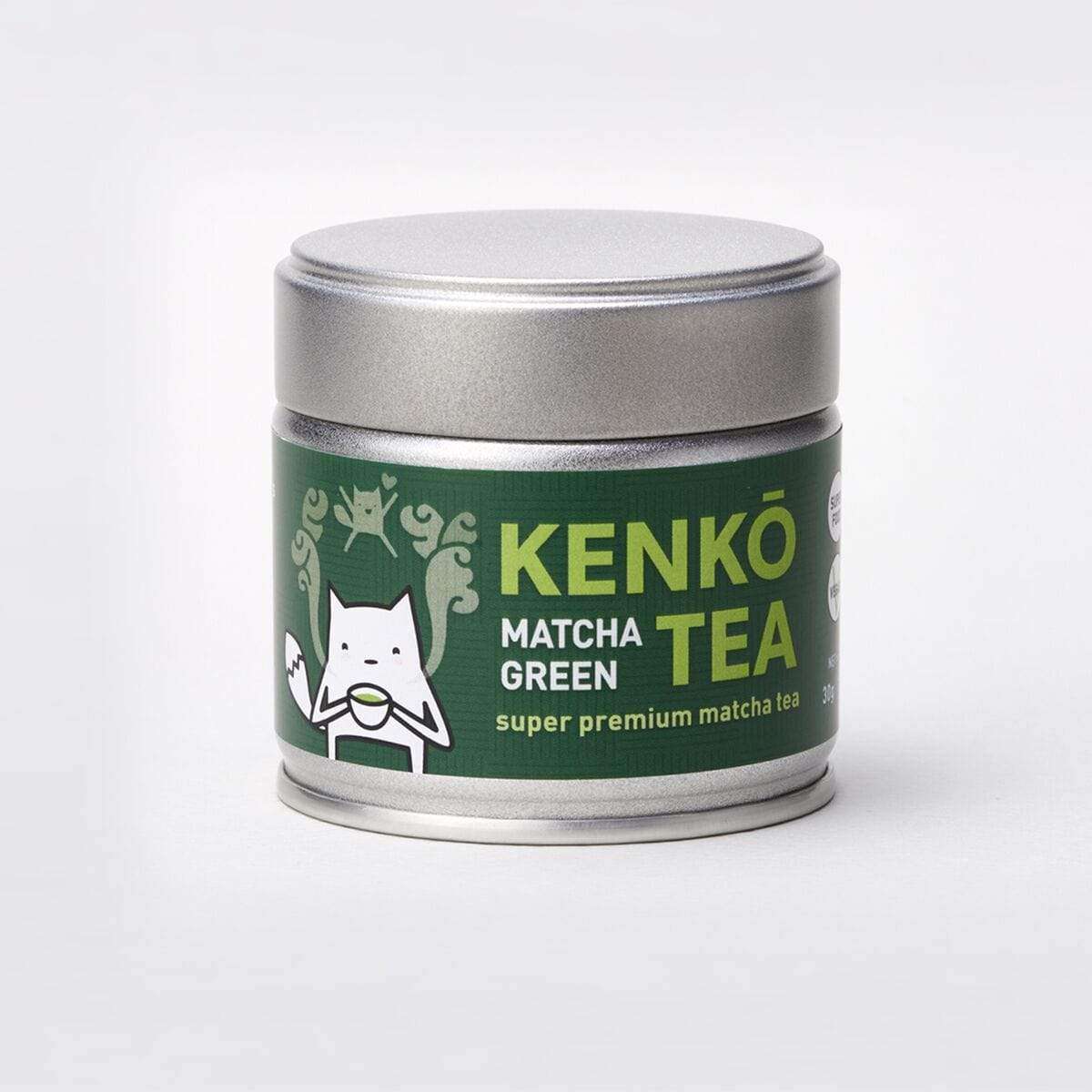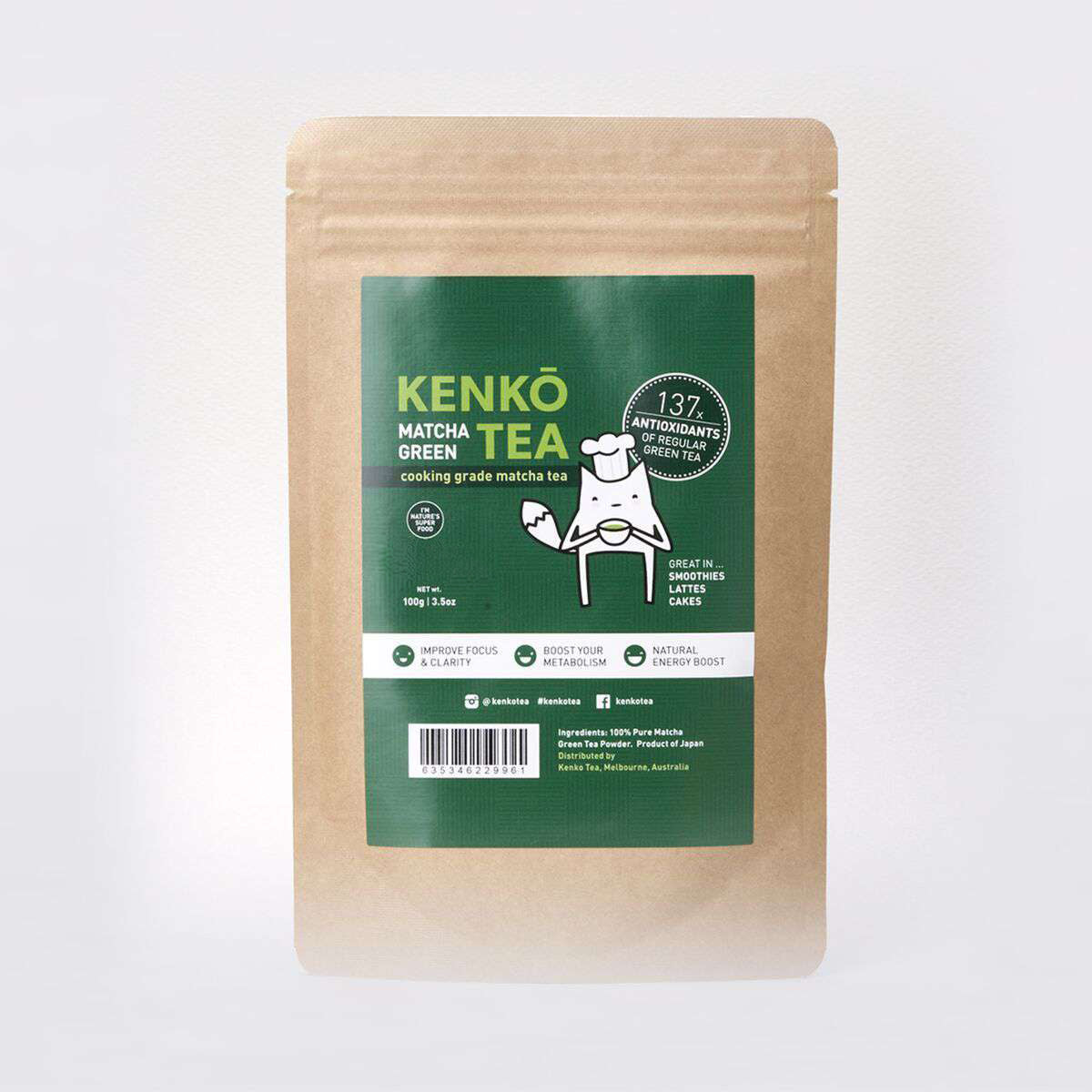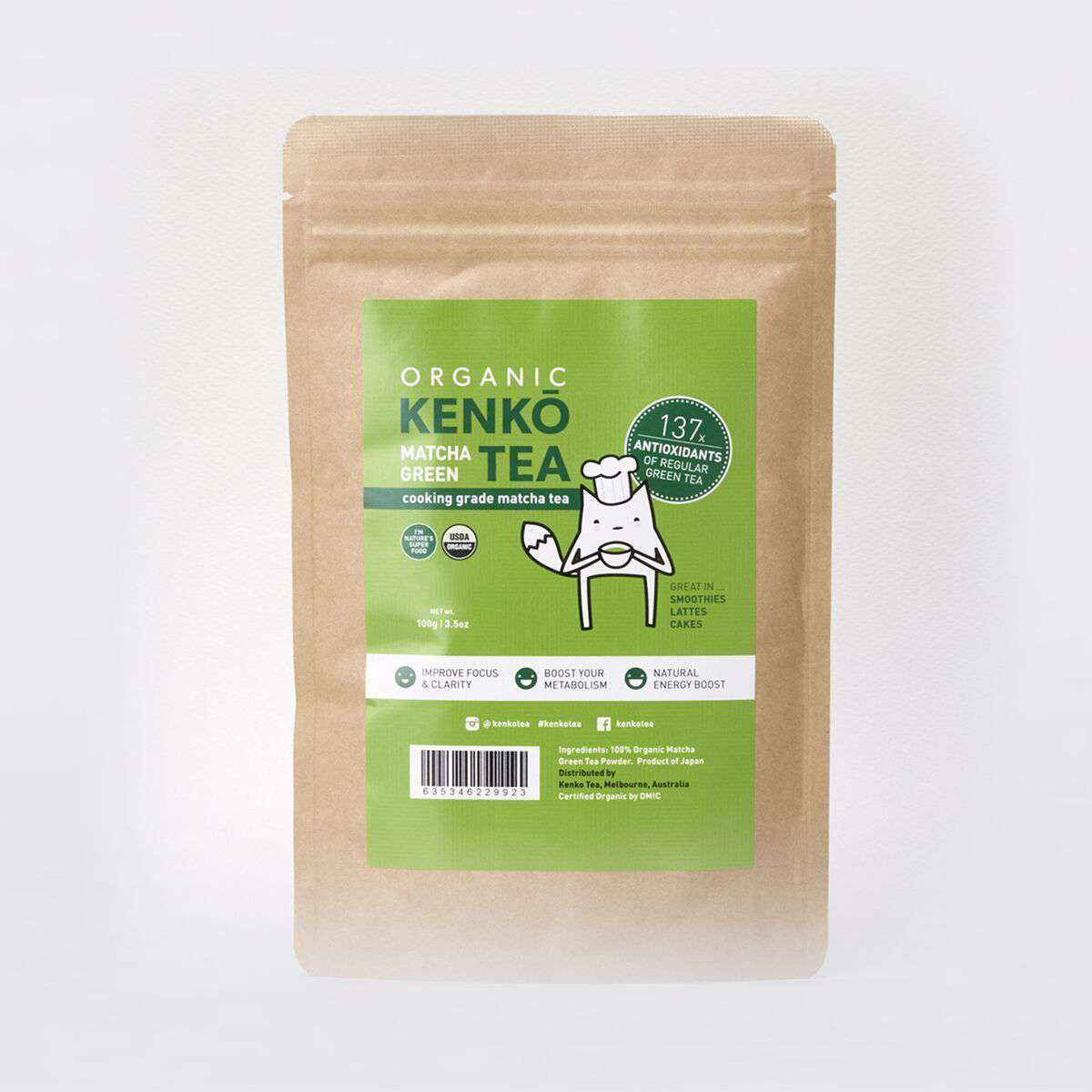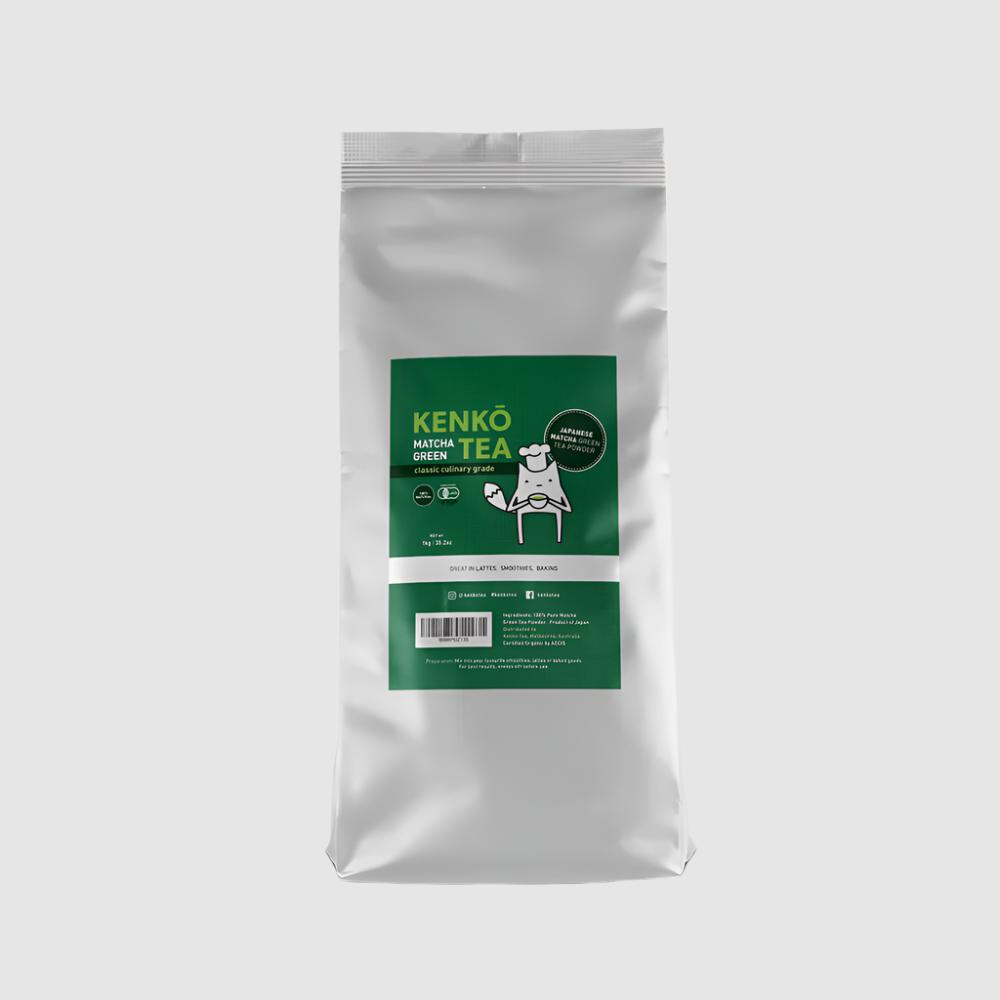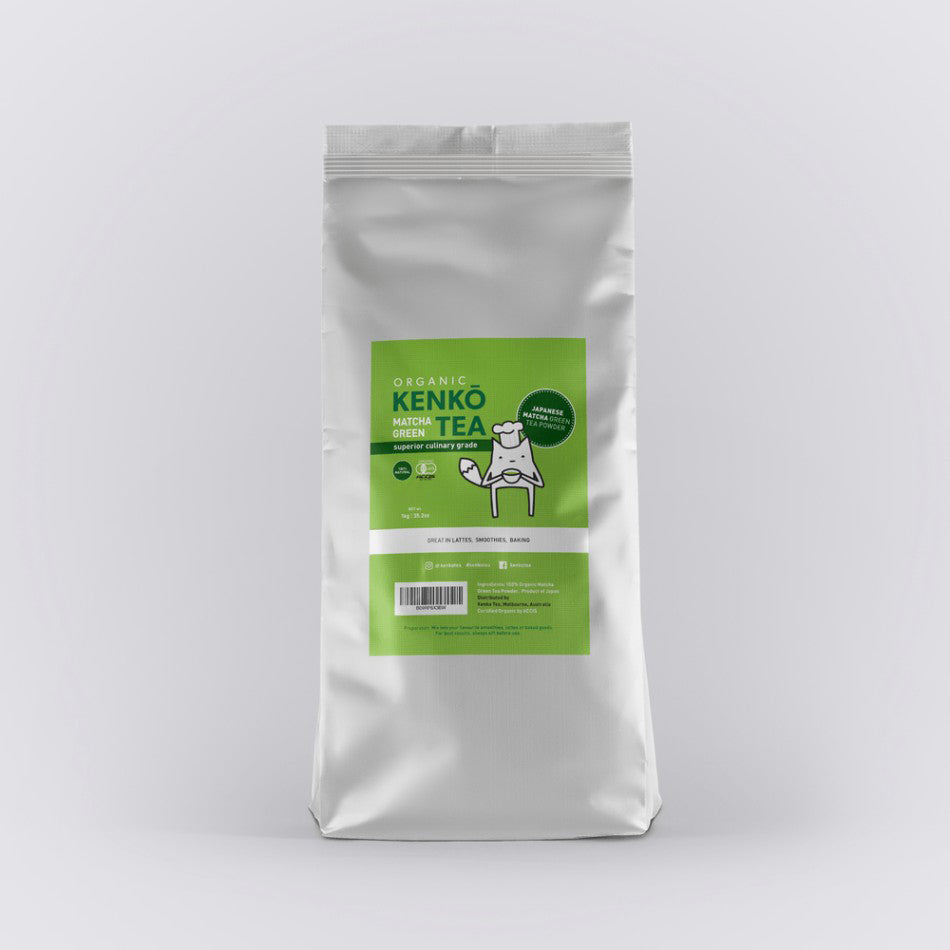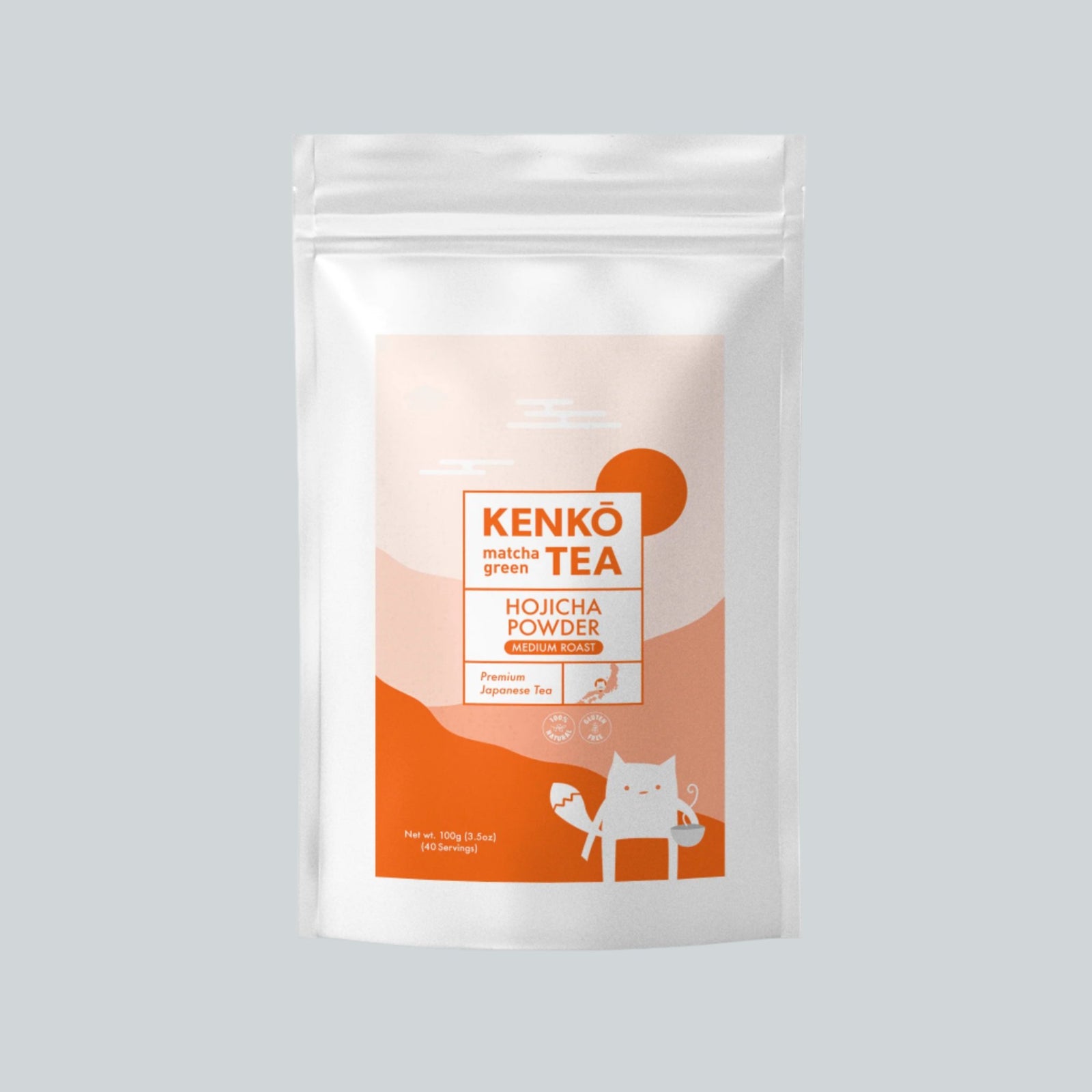The matcha is really good, does not settle. I don’t need to sift it. It’s really light and goes well with soy milk. Very happy with the product
Loved that this came as a set, like a beginners guide to Matcha!
Lovely flavour, easy to use and make. Definitely will be buying more in the future.
I recently purchased Organic Culinary Grade Matcha Powder - 100g Bag for the first time in 7 years. This is perfect for use in a bulletproof matcha latte recipe (with grass fed butter and MCT oil)! Do try it!








